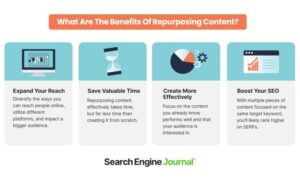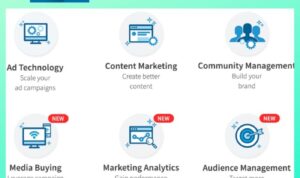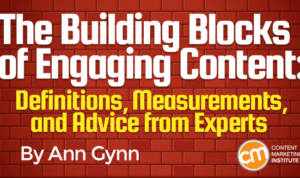Sales Copywriting Techniques: Crafting Compelling Content for Conversions sets the stage for a deep dive into the world of persuasive writing that drives sales and engagement. Get ready to learn the secrets behind creating captivating copy that converts like a boss.
From understanding your audience to mastering persuasive language, this guide will equip you with the tools needed to elevate your sales copy game to the next level.
Introduction to Sales Copywriting Techniques
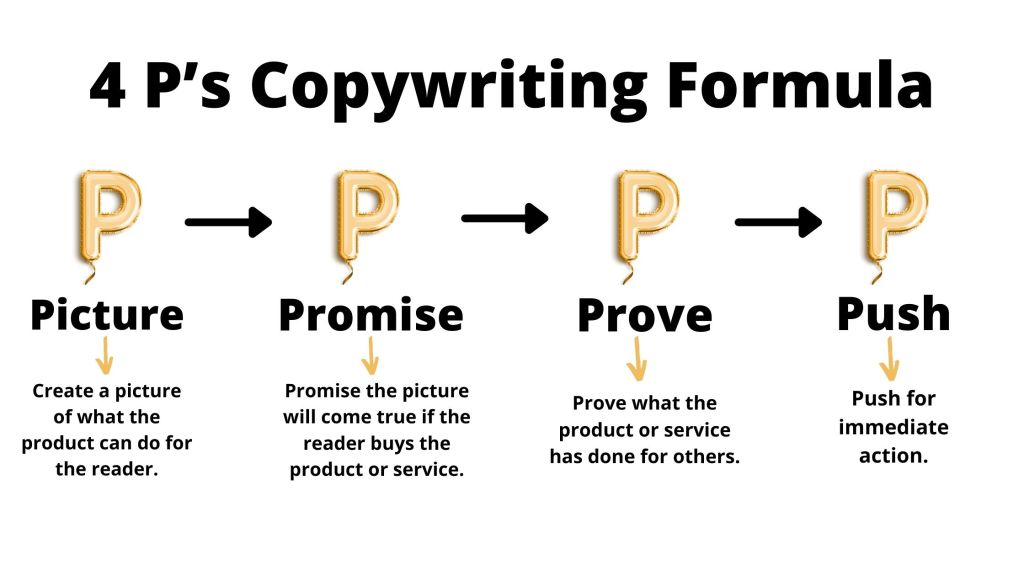
Sales copywriting is the art of crafting persuasive written content that motivates people to take action, usually making a purchase. It plays a crucial role in marketing by effectively communicating the benefits of a product or service to potential customers. The primary goal of sales copywriting is to convert leads into paying customers by highlighting the value proposition and addressing the needs and desires of the target audience.
Examples of Successful Sales Copywriting Campaigns
- The “Got Milk?” campaign: This iconic slogan created by the California Milk Processor Board increased milk sales by emphasizing the consequences of running out of milk, appealing to the audience’s fear of missing out.
- Apple’s “Think Different” campaign: By celebrating individuality and innovation, Apple’s compelling copywriting connected with consumers on an emotional level, positioning the brand as a symbol of creativity and non-conformity.
- Dollar Shave Club’s viral video: The humorous and straightforward copywriting in Dollar Shave Club’s launch video resonated with viewers, showcasing the brand’s unique value proposition and disrupting the traditional razor industry.
Understanding the Target Audience
Knowing your target audience is crucial in sales copywriting because it allows you to tailor your message to resonate with their needs, preferences, and pain points. By understanding who you are speaking to, you can craft a message that speaks directly to them, increasing the likelihood of conversion.
Importance of Audience Research
Audience research involves gathering information about your target market, including demographics, psychographics, and behavior patterns. This data can be collected through surveys, interviews, social media analytics, and other research methods. By analyzing this information, you can gain insights into what drives your audience’s purchasing decisions and how to position your product or service in a way that appeals to them.
- Identifying pain points: Understanding what challenges your audience is facing allows you to position your product or service as the solution.
- Creating targeted messaging: By tailoring your copywriting to address the specific needs and preferences of your audience, you can create a more compelling message that resonates with them.
- Improving conversion rates: When your copywriting speaks directly to your target audience, it is more likely to capture their attention and lead to conversions.
Crafting Compelling Headlines: Sales Copywriting Techniques
Crafting compelling headlines is crucial in capturing the audience’s attention right from the start. It’s the first thing that people see and can determine whether they continue reading or not. Here are some tips for creating attention-grabbing headlines:
Keep it Short and Sweet
- Use concise and impactful words to convey your message quickly.
- Avoid long-winded headlines that may lose the reader’s interest.
- Focus on the main benefit or unique selling point of your product or service.
Use Power Words
- Incorporate strong and persuasive words that evoke emotion or curiosity.
- Words like “free,” “exclusive,” “proven,” and “ultimate” can grab attention.
- Make sure the words you choose resonate with your target audience.
Create a Sense of Urgency
- Add a time-sensitive element to your headline to encourage immediate action.
- Phrases like “limited time offer,” “act now,” or “don’t miss out” can create urgency.
- Highlight any special promotions or discounts to entice readers to act quickly.
Examples of Powerful Headlines
“Discover the Secret to Flawless Skin in Just 7 Days!”
“Revolutionize Your Morning Routine with Our New Coffee Blend!”
“Unlock Your Full Potential with Our Online Course – Enroll Today!”
Utilizing Persuasive Language and Techniques
When it comes to sales copywriting, using persuasive language and techniques is crucial in capturing the attention of potential customers and convincing them to make a purchase. Persuasive language aims to influence the audience’s thoughts, emotions, and actions, ultimately leading to a desired outcome.
Scarcity
Scarcity is a powerful persuasive technique that plays on the fear of missing out. By highlighting limited availability or a deadline for a special offer, you create a sense of urgency that motivates customers to act quickly. For example, phrases like “Limited time offer” or “Only a few left in stock” can prompt customers to make a purchase before it’s too late.
Social Proof
Social proof involves using testimonials, reviews, or endorsements from satisfied customers to build credibility and trust with potential buyers. When customers see that others have had positive experiences with your product or service, they are more likely to feel confident in making a purchase. For instance, including quotes from happy customers or displaying star ratings can help sway hesitant buyers.
Storytelling
Storytelling is a compelling way to engage customers on an emotional level and make your product or service more relatable. By weaving a narrative that highlights the benefits or transformation that customers can experience, you create a connection that resonates with their own desires and aspirations. For example, sharing a customer success story or a personal anecdote can create a powerful impact and inspire action.
Call-to-Action Strategies
When it comes to sales copywriting, a call-to-action (CTA) is a crucial element that prompts the reader to take a specific action, such as making a purchase, signing up for a newsletter, or contacting a company for more information. A well-crafted CTA can significantly impact the success of a marketing campaign by encouraging conversions and driving engagement.
Tips for Creating Effective CTAs
To create compelling CTAs that drive action, consider the following tips:
- Use action-oriented language: Encourage immediate action by using verbs like “Buy Now,” “Sign Up Today,” or “Learn More.”
- Create a sense of urgency: Motivate readers to act quickly by incorporating phrases like “Limited Time Offer” or “Act Now.”
- Keep it simple: Make sure your CTA is clear, concise, and easy to understand to avoid confusion.
- Highlight the benefits: Clearly communicate the value or benefits of taking the desired action to entice the reader.
- Make it visually stand out: Use contrasting colors, bold fonts, or buttons to make the CTA visually appealing and easy to spot.
Examples of Strong CTAs
Here are some examples of effective CTAs that have proven to drive conversions:
“Get Your Free Trial Today!”
“Start Saving Now – Shop Our Sale!”
“Join Our Community and Get Exclusive Access!”
“Upgrade Your Membership for Premium Benefits!”
Formatting and Visual Elements
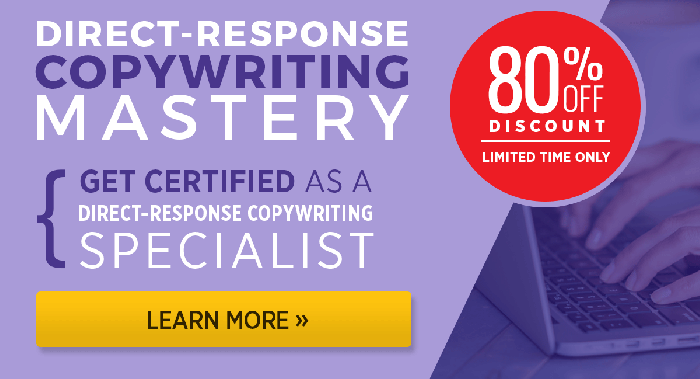
In sales copywriting, the importance of formatting and visual elements cannot be overstated. These elements play a crucial role in grabbing the reader’s attention, enhancing readability, and ultimately driving engagement and conversions.
Using Bullet Points, Subheadings, and Images
One effective way to enhance sales copy is by using bullet points to highlight key benefits or features of a product or service. Bullet points break up long paragraphs, making the information easily scannable for the reader. Subheadings can also be used to organize content and guide the reader through different sections of the copy.
Incorporating images into sales copy can significantly improve engagement. Images can help to visually represent the product or service being offered, evoke emotions, and create a more immersive experience for the reader. High-quality images that are relevant to the content can capture the reader’s attention and reinforce the message being conveyed.
Examples of Well-Formatted Sales Copy, Sales Copywriting Techniques
An example of well-formatted sales copy can be seen in a product description that uses bullet points to list out the key features, followed by subheadings that detail each feature in more depth. The use of high-quality images of the product in various settings can further enhance the copy and provide a visual representation of what the product offers.
Another example is a sales email that uses bullet points to Artikel the benefits of a service, with subheadings that delve into each benefit in detail. Including images or graphics that support the content of the email can make it more visually appealing and increase the chances of the reader engaging with the call-to-action.
By incorporating formatting elements such as bullet points, subheadings, and images into sales copy, copywriters can create more visually appealing and engaging content that resonates with the target audience and drives conversions.

